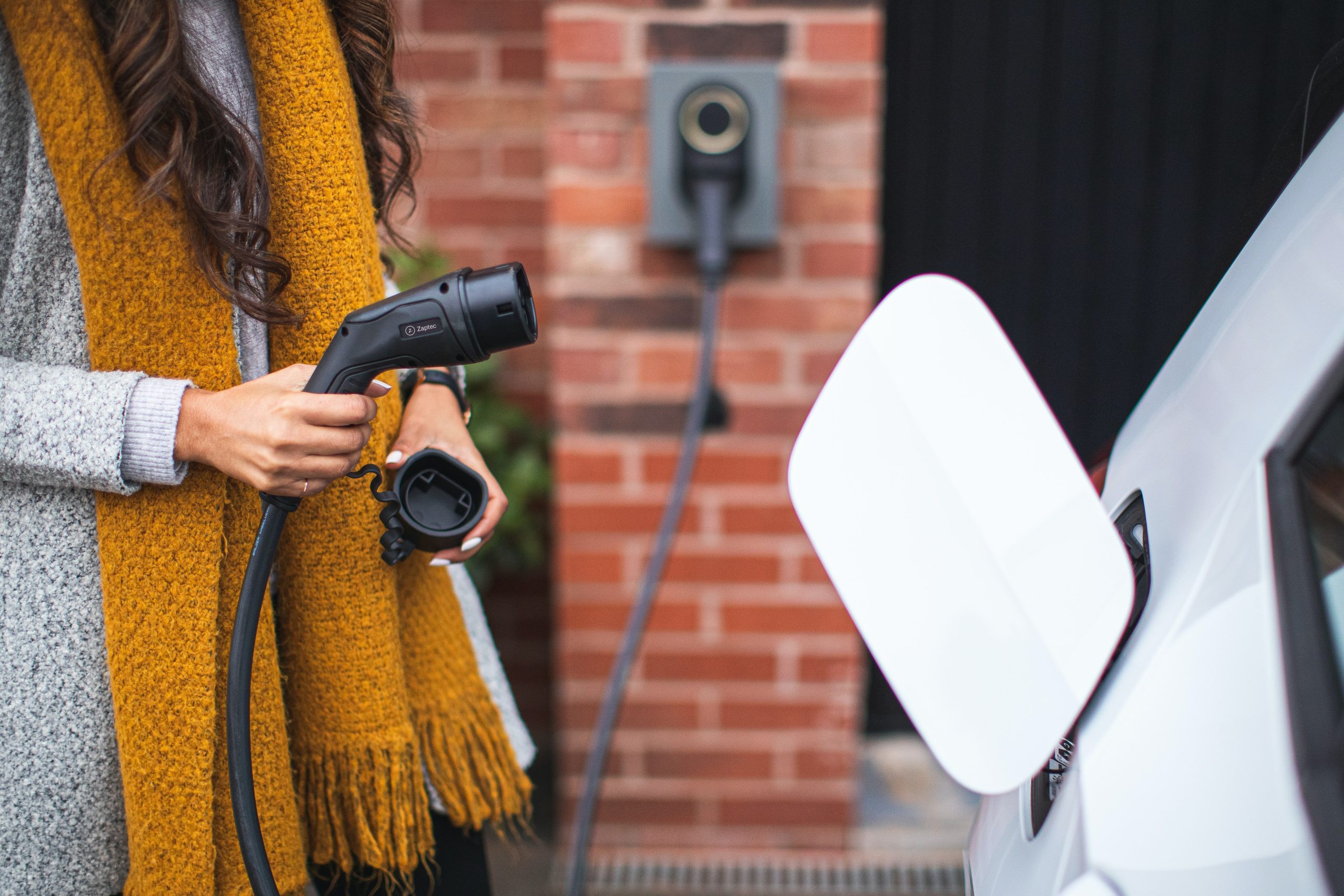
Curt Flewelling, FISM News
[elfsight_social_share_buttons id=”1″]
Last week, in the midst of what the state is calling an energy emergency, California regulators declared that the sale of gasoline-powered cars would be banned in the state by 2035.
Seemingly without a sense of the ironic gold they were mining, the state issued a “Flex Alert” on Wednesday that urged citizens to conserve energy to help ease the strain on the power grid. One suggestion the Independent System Operator (ISO) had for conserving energy: asking citizens not to charge their electric vehicles.
The ISO also called on citizens of the Golden State to avoid using major appliances at peak times, set their thermostats to 78 degrees or higher, and turn off unnecessary lights in order to avert stricter measures.
In the same week, California announced that you must buy an electric car AND that their grid does not have the capacity for people to charge their cars or power their homes. This is what it looks like when leftists are in charge! We were energy independent under Trump!
— Rep. Mary Miller (@RepMaryMiller) August 31, 2022
Governor Gavin Newsom attempted to shift blame for his state’s energy issues away from his administration and policies and onto the “climate crisis,” which has quickly become the all-encompassing enemy of “progressive” politicians and the reason for every unpopular decision they make.
“This is just the latest reminder of how real the climate crisis is, and how it is impacting the everyday lives of Californians,” Newsom said. “While we are taking steps to get us through the immediate crisis, this reinforces the need for urgent action to end our dependence on fossil fuels that are destroying our climate and making these heat waves hotter and more common.”
Not being able to charge an electric vehicle, which so many Democrats have made the champion of the clean energy movement, is illustrative of how dysfunctional California’s energy policy has become. Californians are facing the distinct possibility of rolling blackouts as the oppressive heat wave that they are experiencing rolls on. Now, citizens must leave their electric vehicles uncharged to avoid blackouts.
Additionally, Californians pay, on average, the second-highest price for gasoline in the country, lower only than Hawaii. Today, the average price per gallon in the state is $5.21, according to GasBuddy. That’s nearly $.40 per gallon more than third-place Nevada and nearly $2 per gallon more than Arkansas, which has the lowest average price in the nation.
The state’s energy conservation alerts typically help avoid blackouts, temporarily. According to University of California Berkeley energy professor Daniel Kammen, “The alerts are typically effective, sometimes leading to more than a 10% reduction in overall energy use. We typically see a pretty good response.”
The problem is that compliance with such “urgings” fade over time, even among progressive Californians. Humans are humans regardless of political ideology. As heat waves such as this hang on, reluctance to limit appliance use, particularly air conditioners, becomes harder to do for everyone. And those who depend on electric vehicles for travel can’t leave them uncharged for long.
Critics of California’s unbridled commitment to clean energy feel that these policies may actually be hampering the state’s ability to overcome the crisis. The energy source many environmentalists are most proud of, solar, is of no use at night when energy demands remain high. Wind power is subject to the whims of Mother Nature and hydroelectric power has been severely hampered by prolonged drought conditions in the region. And all of these measures combined, even at their best, are still only able to provide a fraction of the energy American citizens have grown accustomed to and rely on every day.
(Edits and additions by Jacob Fuller, FISM News).
